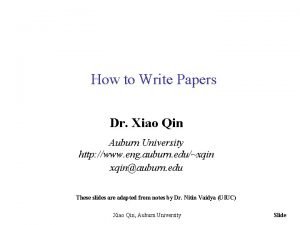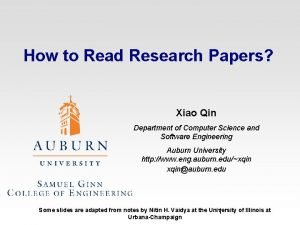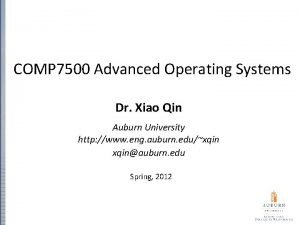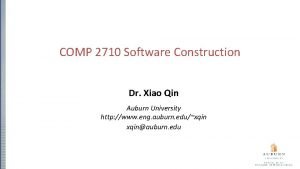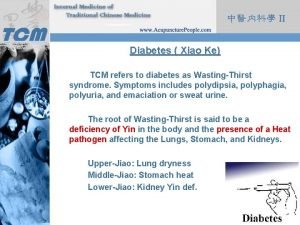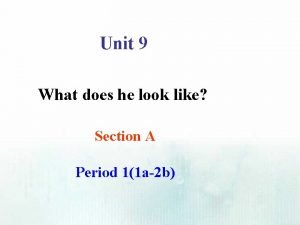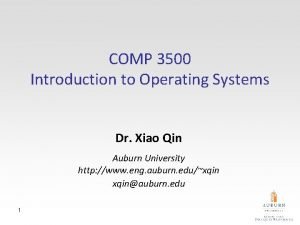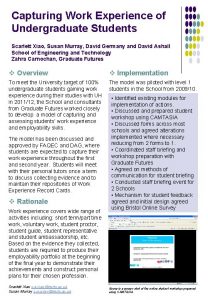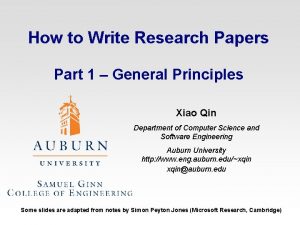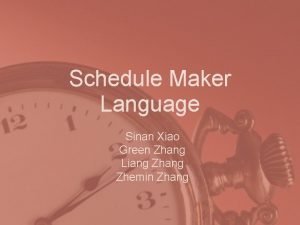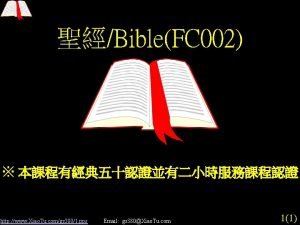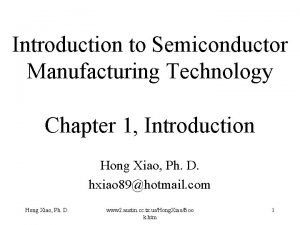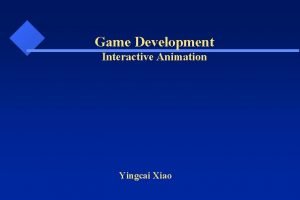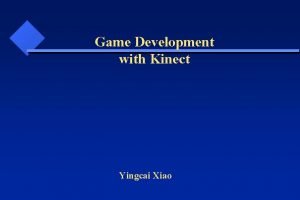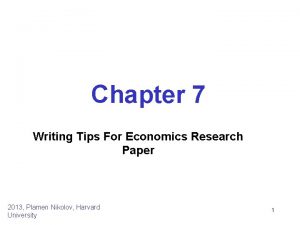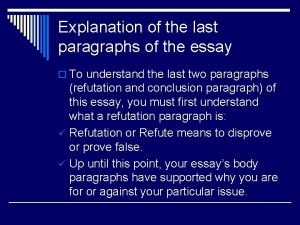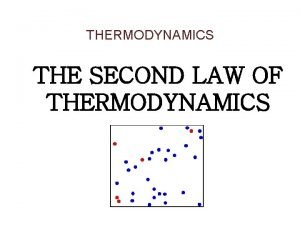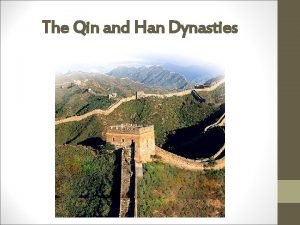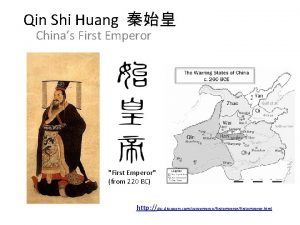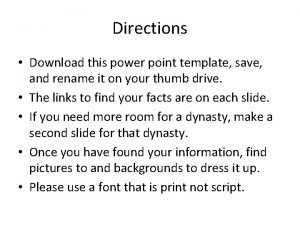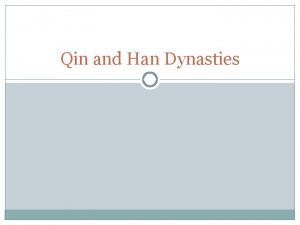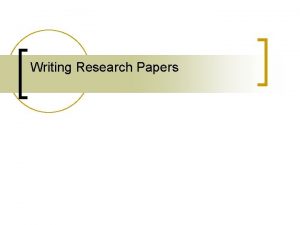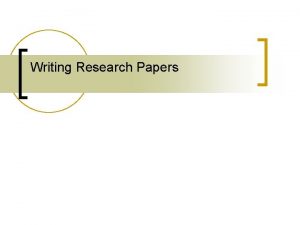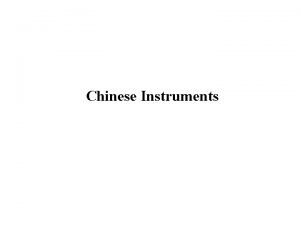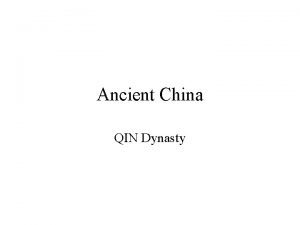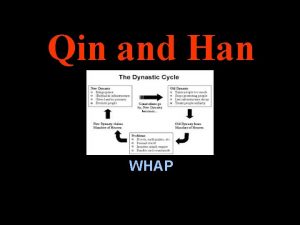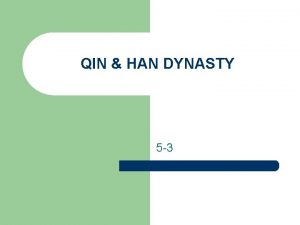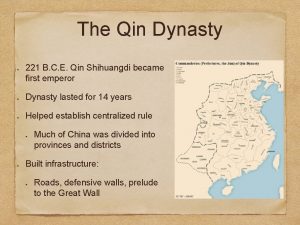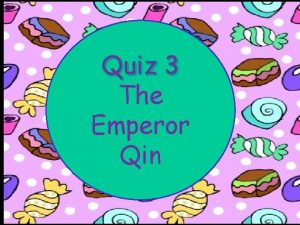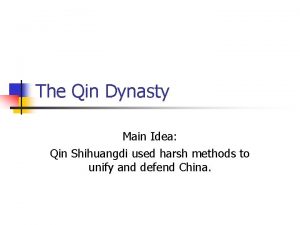How to Read Research Papers Xiao Qin Department





























- Slides: 29

How to Read Research Papers? Xiao Qin Department of Computer Science and Software Engineering Auburn University http: //www. eng. auburn. edu/~xqin@auburn. edu Some slides are adapted from notes by Nitin H. Vaidya at the University of Illinois at Urbana-Champaign

Why read papers? • To know what’s happening • Avoid reinventing the wheel – does happen commonly, too many wheels already • Find interesting research topics

Why not to read papers? • Cannot read everything • Should not read everything • Can suppress innovation – once you see solutions using a particular theme, often hard to think differently

Read or not to read, that is the question • Read, of course • Know what’s important • Know what can be ignored without significant loss of information

Where to search? • When I was a Master’s student… • When I was a Ph. D. student… • Now…

Where to search papers? • IEEEXplore • ACM Digital Library

Where to search papers? • Google Scholar • Personal Web Pages

What to read? • Major conferences – Journals are a few years behind, but still can be useful • Tech reports from active research groups – need to know which groups to look up • Survey / overview papers – ACM Computing Surveys – CACM, IEEE Computer, Spectrum – more technical - IEEE Personal Communications, … – newsletters - ACM SIGCOMM, ACM SIGMOBILE, . . .

What’s in a paper [see also how to write papers: http: //www. auburn. edu/~xzq 0001/Write. Papers-Part 1. ppt] • • • Abstract Introduction Motivation Problem description Solution. . . Performance Analysis Conclusions Future Work

How to read a paper? Know why you want to read the paper • To know what’s going on (e. g. , scanning proceedings) – title, authors, abstract • Papers in your broad research area – introduction, motivation, solution description, summary, conclusions – sometimes reading more details useful, but not always • Papers you may want to improve on – read entire paper carefully

What to note? • Authors and research group – Need to know where to look for a paper on particular topic • Theme of the solution – Should be able to go back to the paper if you need more info • Approach to performance evaluation • Note any shortcomings

So this paper is in print. . . • Be skeptical • If it sounds too good to be true, it often is ……

More Advice …

Three phases to reading • Determine if there is anything interesting at all in the paper. • Determine which portion of the paper contains the interesting stuff. • Should I read the whole paper? – Read the whole paper if necessary.

Is there anything interesting? • Ideally, the abstract should tell you this, but frequently it does not. • Need to jump about – Read conclusion – Read introduction – Look at the bibliography – Glance at the TOC (if any)

Which portion contains interesting stuff? • A paper typically outlines its organization at the end of the introduction. – Use this to determine which portion contains the exciting stuff. • Quickly scan the titles of each sections in the paper.

Read the whole paper • Read with the following questions in mind – How can I use this stuff? – Does this really do what the author claims to do? – What if the assumptions and choices that the author made are discarded (or made invalid)? – More questions ……

Context and problem statement • What problems are the author trying to solve or trying to convince you of? • Are they important problems? – Why not? • What is the author’s thesis?

Related work evaluation • Does the author describe other work in the field? • If so, how does this research differ from the other work?

New idea • What new idea is the author proposing? – Architecture – Algorithm – Mechanism – Methodology – Perspective • Is the idea useful and practical?

What to evaluate? • What need to be evaluated to confirm the worthiness of the new idea? – Runtime – Throughput – Resource utilization – Model validation

How to evaluate? • How did the author go about conducting the evaluation? – Formalize and prove theorems – Run simulations – Artifact design and construction – Collect traces from existing systems

Was the evaluation correct and adequate? • How was the data collection done? • Do you agree with the analysis of data? • Do you agree with the conclusions about the data? • Do you have any new interpretation of the data? • Can you suggest new ways to evaluate the data?

Assumptions, drawbacks and extensions • Can you think of other aspects of the idea that need to be evaluated? • Can you think of extensions or modifications to the idea to improve it? • How would you evaluate your improvement?

Assumptions, drawbacks and extensions • Can you apply the idea or method of evaluation to your own project? • Do the authors make any assumptions that are not valid or realistic? • Can you come up with a more general solution that does not rely on one or more of the assumptions?

Future work • Does the author indicate how the work should be followed up on? • Does the paper generate new ideas? • Does the paper implicitly or explicitly provide a new way of doing other things or of thinking about problems?

Summary If you remember nothing else: • Where to search papers • Scan papers • Read papers with questions in mind • Download the slides from http: //www. auburn. edu/~xzq 0001/How to Read Papers - Qin. ppt

http: //www. auburn. edu/~xzq 0001

Questions
 Xiao qin auburn
Xiao qin auburn Xiao qin auburn
Xiao qin auburn Xiao qin auburn
Xiao qin auburn Xiao qin auburn
Xiao qin auburn Angela xiao
Angela xiao Xiao ke gao md
Xiao ke gao md Xiao height
Xiao height Xiao outline
Xiao outline Xiao team comp
Xiao team comp Scarlett xiao
Scarlett xiao 510631
510631 Xiao
Xiao Cunde xiao
Cunde xiao Google zhang liang games
Google zhang liang games Richard xiao
Richard xiao Xiao tu
Xiao tu Shallow trench isolation
Shallow trench isolation Xiao video game
Xiao video game Lajin stretch premature
Lajin stretch premature Xiao game
Xiao game Bei xiao american university
Bei xiao american university Maxims of annotation in corpus linguistics
Maxims of annotation in corpus linguistics Xiao tao cos
Xiao tao cos Writing tips for economics research papers
Writing tips for economics research papers Explanation
Explanation Wnet = qin - qout
Wnet = qin - qout Four chinese dynasties
Four chinese dynasties Emperor qin quotes
Emperor qin quotes Qin shi huang ror
Qin shi huang ror Facts about the qin dynasty
Facts about the qin dynasty
